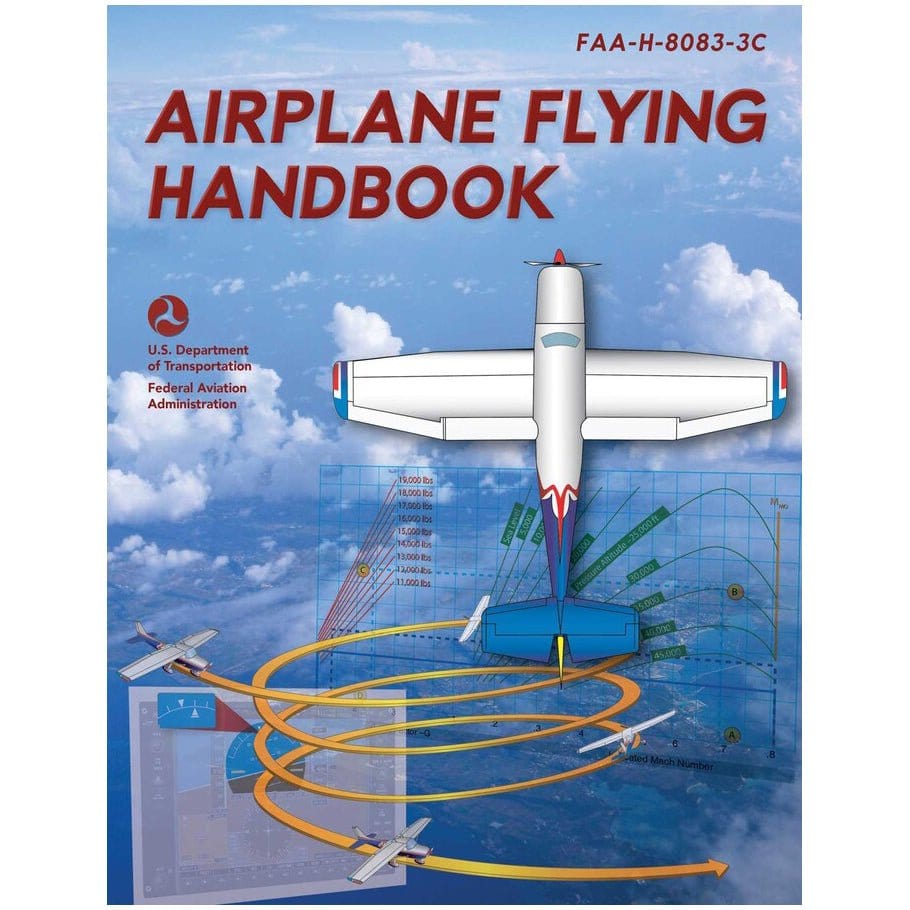Voar com instrumentos analógicos mais antigos significa que você provavelmente está constantemente alternando seu foco entre indicadores de direção, ponteiros de desvio de curso e múltiplos mostradores.
Entendemos que, para aqueles que se aventuraram no mundo do voo por instrumentos, é preciso tempo e esforço para interpretar tudo corretamente.
Mas há algo que está facilitando esse processo, o Horizontal Situation Indicator (HSI) . Ele muda tudo ao combinar ferramentas de navegação essenciais em um display simplificado.
Em vez de ficar pensando duas vezes sobre suas correções ou lidando com sensoriamento reverso em aproximações de curso reverso, você pode obter uma visualização clara e direta da posição da sua aeronave. O HSI foi projetado para simplificar a navegação, reduzir a carga de trabalho e ajudar você a melhorar sua percepção em voo.
Se você estiver migrando de medidores analógicos ou refinando seu voo por instrumentos, aprender como o HSI melhora os sistemas tradicionais tornará as coisas mais fáceis e menos estressantes para você.
Vamos analisar como ele funciona e por que é uma adição valiosa aos cockpits modernos.
RESUMO
-
O HSI combina um indicador de direção e um indicador de desvio de curso.
-
Elimina o risco de detecção reversa durante aproximações ILS.
-
O instrumento simplifica a navegação reduzindo a necessidade de múltiplos monitores.
-
Os HSIs modernos geralmente são eletrônicos e integrados aos sistemas de cabine de vidro.

O que é o Indicador de Situação Horizontal (ISH)?
Então, o que é exatamente o HSI? Bem, o Horizontal Situation Indicator (HSI) é um instrumento de navegação de aeronaves que pega o indicador de direção e o indicador de desvio de curso (CDI) e os combina.
Bem legal, não é? A ideia incrível por trás desse design era ajudar os pilotos a reduzir sua varredura tendo menos medidores para olhar.
Além disso, outro ótimo aspecto do HSI é que ele pode aumentar sua consciência situacional, pois fornece uma representação clara e intuitiva da posição da sua aeronave em relação ao curso selecionado.
O que torna o HSI diferente de outros instrumentos de navegação?
Embora semelhantes, há algumas diferenças a serem consideradas quando se trata do HSI.
Para começar — diferentemente de um indicador VOR padrão — o HSI elimina a necessidade de os pilotos interpretarem os indicadores esquerda/direita e para/de separadamente. Em vez disso, o HSI fornece uma exibição única e direta, onde esquerda sempre significa esquerda, e direita sempre significa direita.
Este recurso bacana pode facilitar para aqueles que trabalham na obtenção de sua Classificação de Instrumento utilizar uma aeronave com um HSI em vez de um indicador de rumo convencional. Hoje em dia, a maioria dos displays HSI modernos são parte de um display primário eletrônico ou um "glass cockpit".
O bônus final é que ele evita erros de detecção reversa, que é um problema comum em aproximações de curso reverso do localizador do sistema de pouso por instrumentos (ILS) tradicional.

Como funciona o HSI
Vamos dividir as 4 partes principais de um HSI. Ele consiste em:
-
Uma bússola giratória.
-
Uma barra de desvio de curso.
-
Um indicador PARA/DE.
-
Um bug na seleção de título.
Se você juntar todos esses elementos, terá um feedback em tempo real sobre a posição e o alinhamento do curso da aeronave.
Componentes de um HSI
Vamos explicar melhor esses componentes.
-
Cartão de bússola – Exibe a direção atual da aeronave.
-
Barra de desvio de curso (CDI) – Esta parte do HSI indica a posição da sua aeronave em relação ao curso de navegação selecionado.
-
Indicador TO/FROM – Esta é a parte que mostra se sua aeronave está indo em direção ou se afastando de uma estação VOR.
-
Heading Bug – Esta parte permite que você defina um rumo desejado para referência ou integração ao piloto automático.
-
Símbolo de aeronave fixa – O símbolo está localizado no centro do HSI e representa a orientação da sua aeronave em relação ao seu rumo.
-
Botão de seleção de curso – define o curso de navegação desejado no HSI para rastreamento baseado em aproximação por instrumentos.

Comparando HSI com outros instrumentos de navegação
HSI vs. OBS
O Omni-Bearing Selector (OBS) é uma ferramenta de navegação que você pode encontrar em indicadores VOR tradicionais. O OBS permite que os pilotos selecionem e rastreiem um radial VOR, mas não tem uma referência de direção integrada. O HSI melhora isso ao misturar a direção e o desvio de curso em um instrumento.
Indicador HSI vs. VOR
Um indicador VOR convencional apresentará informações de desvio lateral, mas requer que os pilotos alinhem mentalmente seu rumo com o curso selecionado. O HSI simplifica isso alinhando visualmente a aeronave com o curso.

Perguntas frequentes
-
O que o HSI mede?
O HSI mede o rumo de uma aeronave e seu desvio de um curso de navegação selecionado, geralmente um localizador radial VOR ou ILS.
-
Como o indicador TO/FROM funciona em um HSI?
O indicador TO/FROM mostra se um curso selecionado levará a aeronave em direção ou para longe da estação de navegação.
-
O HSI pode ser usado para navegação GPS?
Sim. HSIs modernos podem ser combinados com sistemas de navegação GPS.
-
O que acontece se a bandeira NAV ou HDG aparecer?
Uma bandeira NAV indica que o sinal de navegação não é confiável ou está perdido, enquanto uma bandeira HDG significa que as informações de direção não estão funcionando corretamente.
-
O que acontece se os sinalizadores do Glideslope aparecerem?
Os sinalizadores de glideslope indicam que a aeronave não está recebendo um sinal de glideslope válido. Isso pode acontecer se a frequência ILS não for colocada corretamente, ou se a aeronave estiver muito longe do alcance do sinal. Também pode significar que pode haver um mau funcionamento no sistema de navegação.
Remover
O Indicador de Situação Horizontal é uma ferramenta útil que pode acelerar o processo de escaneamento para pilotos. Ele fornece uma ótima maneira de navegar o rumo da sua aeronave usando sinais VOR, ILS ou GPS.
Se você ainda estiver em processo de treinamento, ou talvez até mesmo um entusiasta da aviação, verifique os medidores na aeronave em que você voa. Eles são analógicos ou digitais? Você vê um HSI ou o indicador de direção convencional?
Saber a diferença e como usá-los ajudará você no seu caminho para se tornar um aviador mais experiente.
Interessado em abordagens instrumentais?
Nossos guias foram projetados para ajudar!
-
Abordagem ILS: Sistemas de pouso por instrumentos explicados
-
Abordagem visual versus de contato: principais insights para pilotos
-
O guia completo para instrumentos de aeronaves [mais do que apenas o pacote com 6]
Você achou este artigo útil?
Você acha que esquecemos de uma pergunta importante da entrevista? Deixe-nos saber nos comentários abaixo!







